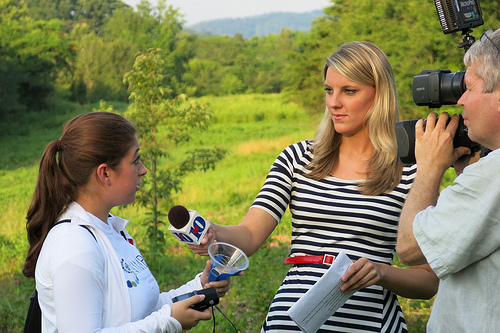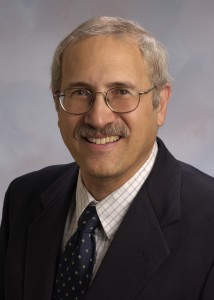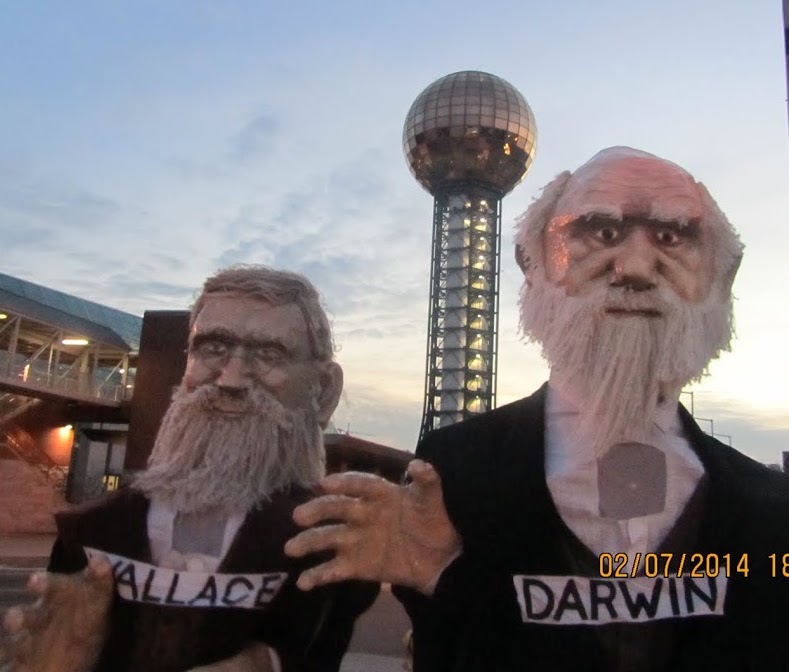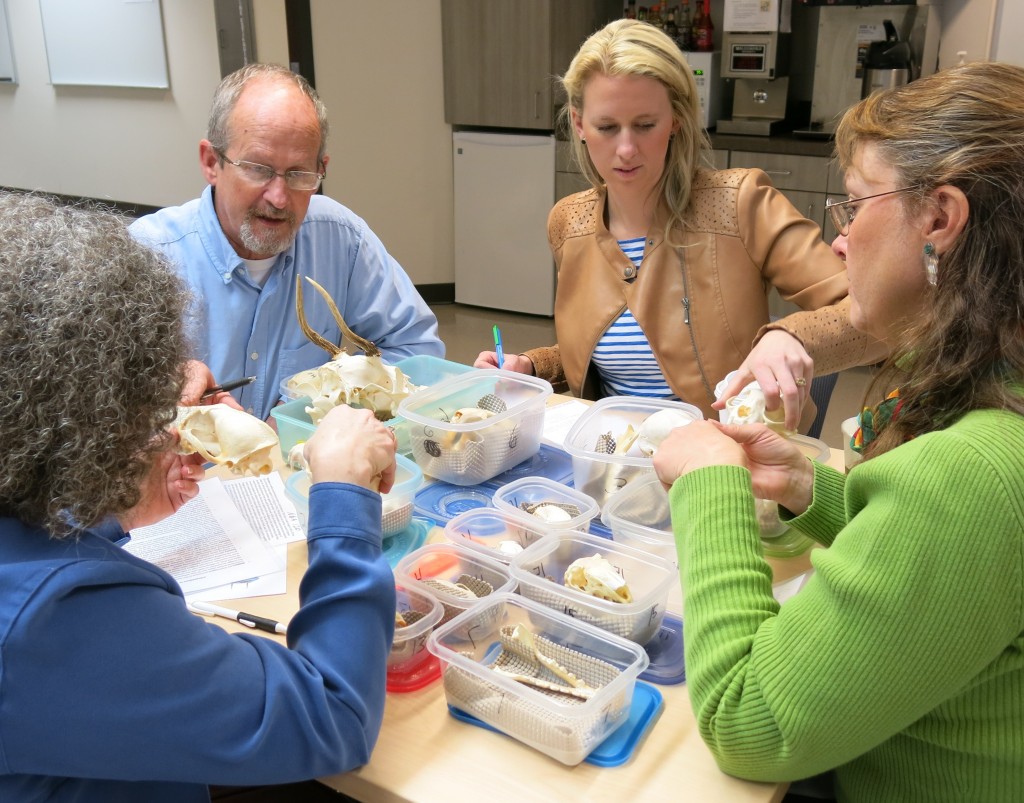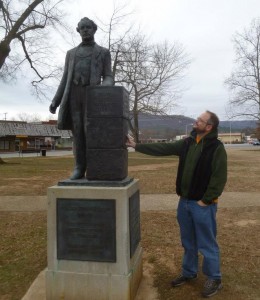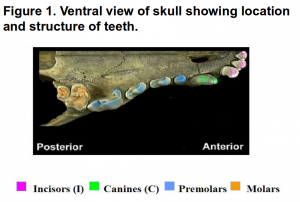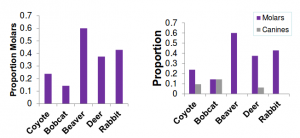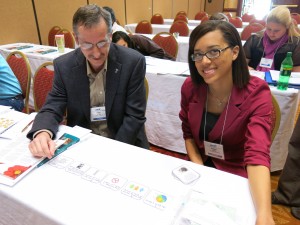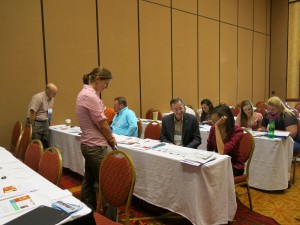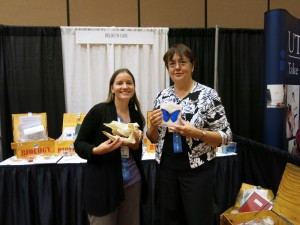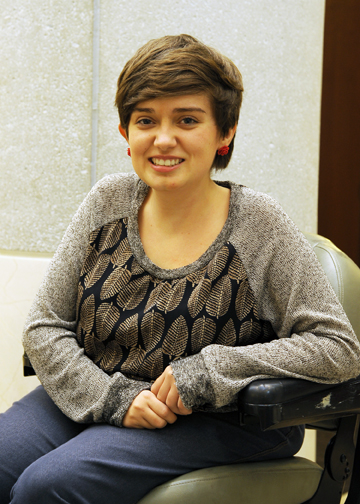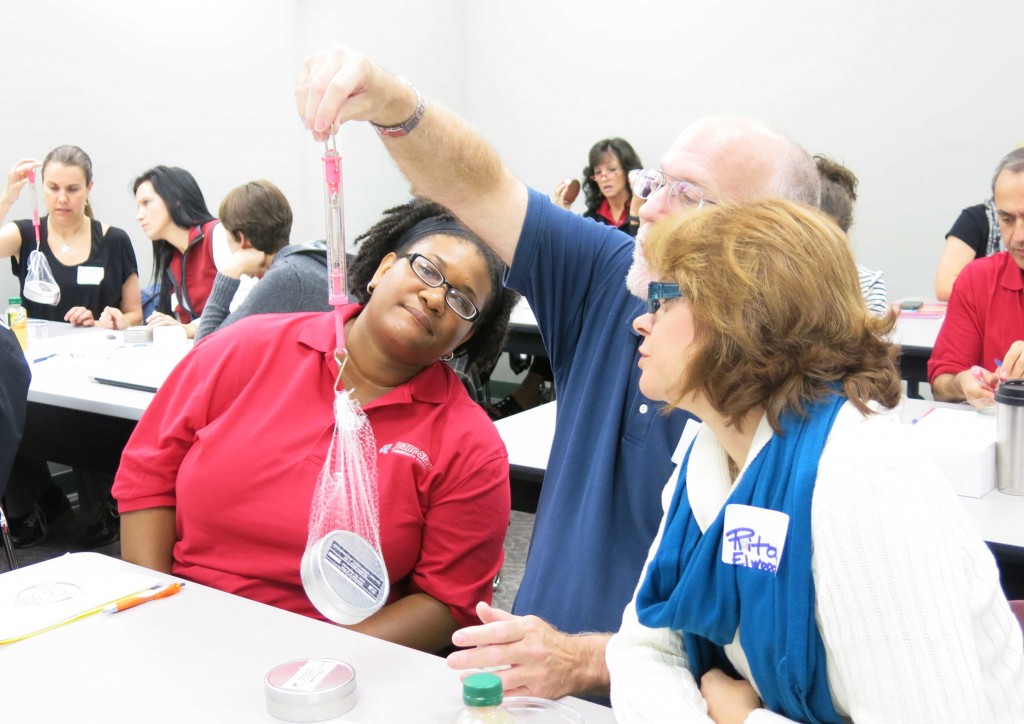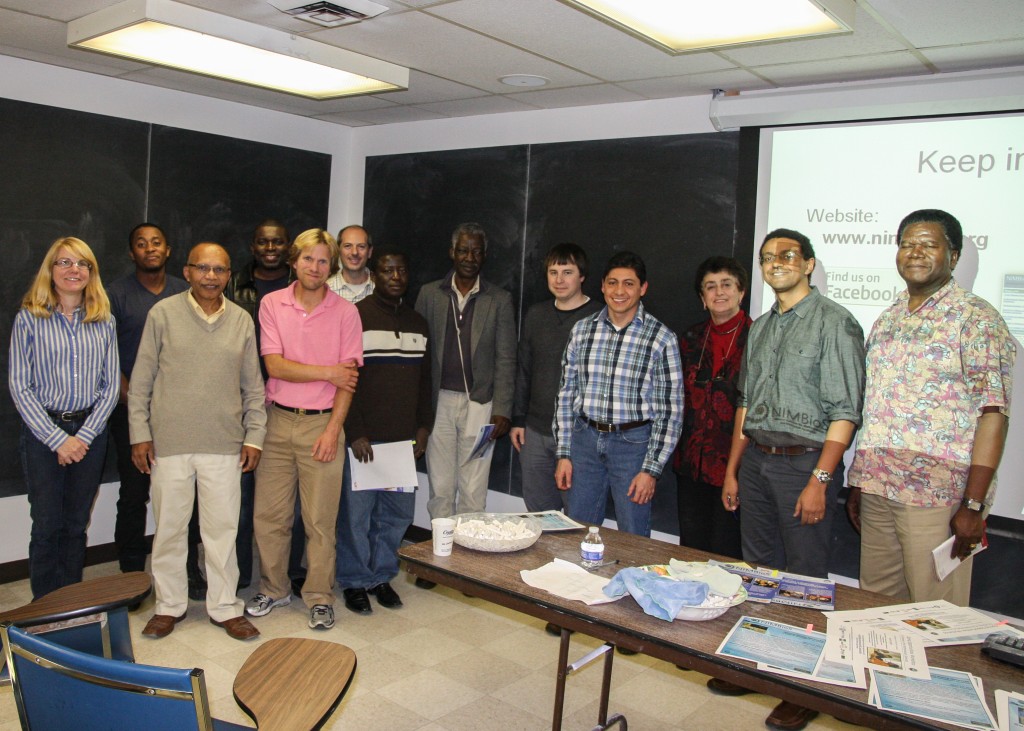 Attention scientists and citizen scientists! NIMBioS is supporting a new project that aims to source the crowd for help in analyzing thousands of howls from wolves, coyotes, dogs and other canid species.
Attention scientists and citizen scientists! NIMBioS is supporting a new project that aims to source the crowd for help in analyzing thousands of howls from wolves, coyotes, dogs and other canid species.
At the new Canid Howl Project website, volunteers will listen to a canid howl while viewing a spectogram image of it. Participants are then asked to “mark the howl” by clicking and drawing a line to indicate the howl’s contours in the spectogram.
The website contains thousands of spectograms and howls, so participants can mark as many as they want.
Despite being closely related, canid species have very different ways of communicating with various sounds, including howls, barks, yips and growls. By studying vocal behavior, scientists hope to understand more about the whole range of canid species and breeds, said NIMBioS postdoctoral fellow Arik Kershenbaum, who created the site.
As there are thousands of sounds to analyze, Kershenbaum and his fellow collaborators at the project hope to enlist the help of volunteers.
“Analyzing these recordings is difficult and time consuming. It’s easy to make mistakes, and mistakes can change the conclusions that we draw. By having hundreds, even thousands, of volunteers giving their own analysis of the canid howls, any one mistake is unlikely to change the overall interpretation. The volunteers’ efforts will help us better to understand canid social behavior and conserve these species,” he said.
The goal is to determine exactly how the animals vary the pitch of their howls in time, relative to other animals that are howling at the same time, which can shed light on the meaning of the howls, such as for marking territory or for hunting. Thus, participants will measure all the pitch variations they see in the spectogram.
Humans are actually better at analyzing the sounds than computers, according to Kershenbaum. “Humans are especially skilled at finding patterns in pictures, better in fact than a computer algorithm,” he said.
Kershenbaum and his collaborators will use the analyses to convert the lines drawn by users into time and frequency data to determine exactly what sounds the animals are making.
Another way that volunteers can participate in the project is by donating their own recordings of howls from domestic dogs.

